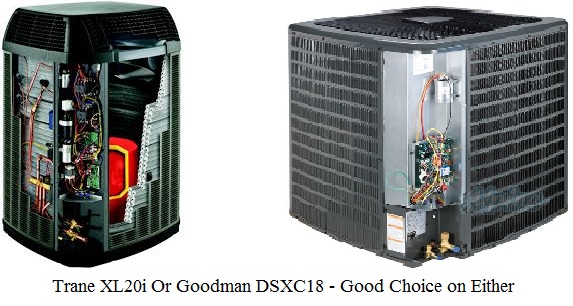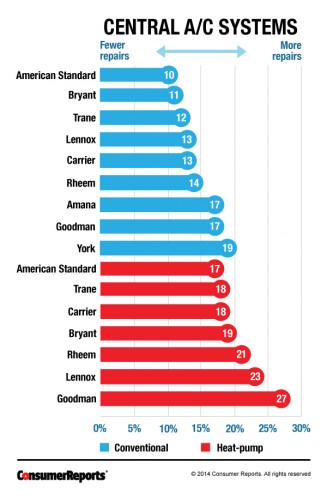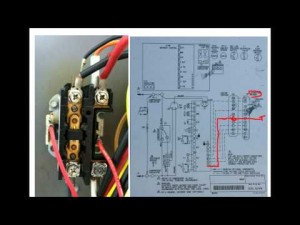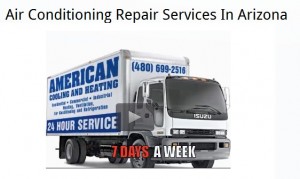Why Upgrade To A Programmable Thermostat?
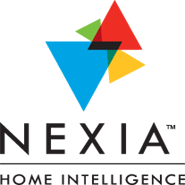 Argument: Is A Programmable Thermostat Efficient?
Argument: Is A Programmable Thermostat Efficient?
According to one regional Department of Commerce web file, nearly 70% of the homes that currently heat and cool via the control of an installed programmable thermostat are wasting money (1). It seems that most homeowners fail to complete a primary step in the installation process: they don’t program the thermostat.
Thus a device designed to help you save energy ends up being no more efficient than the manual version of the same product. Hey. It doesn’t have to be that way. Fact is: if programmed effectively, the first-year savings from a correctly installed and programmed home comfort management system can sometimes recoup the full cost of the unit. Just ask the tech to help you get started.
After the initial unit cost is recovered, the energy saving from your thermostat investment becomes a cumulative benefit. A properly programmed “smart” thermostat requires less personal attention therefore you get superior home A/C comfort with better energy efficiency without the added cost of consistent manual manipulation of the controls.
Types of Thermostat – The Basics
A/C thermostats are used to control the temperature within a business, home or various sections thereof. By gauging internal temperature in relation to a pre-set comfort configuration, the thermostat activates the power controls on a central air conditioning, furnace, or heat pump comfort system. Furthermore, if the associated home comfort system includes air exchangers or humidifiers, the thermostat can control those mechanical systems also.
Throughout the ages, HVAC technology has advanced from a collection of simple and half-effective ideas to a degree of well throughout purposeful home comfort management systems that stuns the mind of the modern A/C consumer. Current thermostat options include: manual, programmable, and smart. Herein is a brief description of each format:
Manual Thermostat Units
In the tradition of the times, the wheel on early manual thermostats followed the nature of a dial telephone. The homeowner dials up the number (desired temperature setting) and conditions in the home or business remain stable as such until such time as someone rotates the dial left or right. However, due to the need of manual intervention, most folks have a habit of selecting a “comfortable” setting and then leaving it in place — even at night or during times when nobody is home to gain the benefits of a human-comfortable setting.
Programmable thermostat Units
By enabling users to make one-time changes wherein the temperature settings shift according to time of day or time of night, programmable thermostats up the efficiency of even a poorly performing HVAC system. Digital units, typically driven via touch-screen technology, enable users to make these changes directly on the device itself. Some models, for example the Trane XL800 Digital Thermostat, include multiple mode settings such as:
- Min and max heating and cooling ranges
- Hot key for daylight savings adjustments
- Permanent memory storage
- Auto and manual changeover features
- “Dead Band” set points between heating and cooling changeover modes
- And a host of other exciting options.
Various models also include options for auto-changeover for weekends and weekdays, evening to night and even special adjustment modes for morning versus daylight hours. Furthermore, many programmable systems include the power to manage and control heat pumps, air exchangers, humidifiers and other mechanical devices.
Smart Thermostat Units
Designed for the homeowner or business owner with a desire to reap even greater energy efficiency than that which can be provided via a digital programmable thermostat, Trane and other major A/C manufacturers have developed “Smart” thermostat technology. The programming options typically match or exceed the modes provided by a digital system, however Smart thermostats include one significant improvement: Smart thermostats use an applied rudimentary form of artificial intelligence so that they can actually “learn” the heating and cooling preferences of the user. This means the unit can actually make adjustments according to the factual presence of a human being within the dwelling or office. Additional features include Wi-Fi control via smart phone apps, tablets or personal computers. This also enables the homeowner to receive monthly e-mail reports that offer suggestions for even more efficient use of the system.
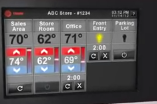 Some “Smart” units even link to home security systems. Thus some “Smart” programmable thermostat units not only monitor and control your homes HVAC systems, they can also provide remote monitoring and operation of many other home security and comfort functions.
Some “Smart” units even link to home security systems. Thus some “Smart” programmable thermostat units not only monitor and control your homes HVAC systems, they can also provide remote monitoring and operation of many other home security and comfort functions.
To help guide your choices in this matter, American Cooling and Heating places a five-star mark of confidence in the Trane ComfortLink™ II SMART CONTROL. This intuitive and innovative touch-screen home HVAC management system functions well with most any other brand of standard central heating and air conditioning systems as well as with the Trane brand name. Among the many standard functions included with the ComfortLink™ II SMART CONTROL, you get:
-
Custom Scheduling and Control
-
Indoor/Outdoor Temperature Monitoring
-
Filter Monitoring
-
Remote Access
-
Live Weather Reports With Radar Images and More
-
And A Fantastic Digital Picture Frame Display For Times When The Unit Is Not In Use.
Three Points Critical To Efficient Use of a Programmable Thermostat
Installation – Although the physical installation of a programmable system may be fairly simple for some folks, remember that damaging your system due to a crossed wiring accident isn’t going to play well with the product warranty. Some units require wiring changes that the average homeowner is better off leaving to the skills of a trained HVAC technician. Furthermore, if you plan to include additional devices, the wiring tends to get even more complex.
Location – It’s all about performance and efficiency. To function most effectively, a thermostat should be located away from doorways, drafts, direct sunlight, windows and other specific forms of interference. The installer must also consider air currents such as those involved in war air rising or the opposite which is cool air sinking.
Programming Your Thermostat – Now is when the homeowner really has to consider various options, options that no tech can weigh-in without homeowner input. However, even without knowing the basics of your household family schedules, don’t let the tech leave without having him or her walk you through some of the basic programming processes. With American Cooling and Heating, you won’t need to worry about being inadequately trained. Our techs want you to know your system and how to get the best from your new programmable thermostat control unit.
1) https://mn.gov/commerce/assets/home-energy-guide_tcm17-28824.pdf
